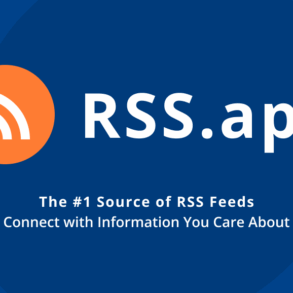
BY STACI PERSON
SOCIAL media is defined as websites or applications that enable users to create and share content or to participate in social networking. There are over 33 million social media users in Canada, and some of the most popular platforms being accessed include Facebook, Instagram, Snapchat, and TikTok. A percentage of these users include children, and more so, adolescents. In fact, social media use by young people is nearly universal, and has become normalized in today’s society. It is a common observation to see young people always on their phones. The anticipation of likes, comments, and notifications can quickly create a dopamine-driven cycle of compulsive checking.
Although there are some benefits associated with social media use, mainly it being a means of fostering connections and support, there are many more drawbacks. Social media consumption has been linked to increased rates of inattention, anxiety, depression, body dissatisfaction, and cyber bullying among children and teens. Its use, especially before bed, can also significantly disrupt sleep patterns. The more time youth spend on screen-based activities beyond social media, like watching TV or gaming, the more trouble they have falling asleep and the less total sleep they get during the night.
One research study, in particular, found that teens who spend more than three hours per day using social media are at double the risk of mental health problems, mainly anxiety and mood symptoms. This is alarming given that spending three hours a day on social media appears to be the norm among young people. According to the surgeons general, our full understanding of the mental health impacts posed by social media are incomplete, and “we cannot conclude that social media is sufficiently safe for children and adolescents.” What needs to be determined is what type of content is most harmful to children/adolescents and what factors are most protective.
Some tips for healthy social media use created by and for youth include taking breaks or trying a “social media detox” (e.g., deactivating accounts), turning off notifications (e.g., utilizing silent or do not disturb modes), unfriending/unfollowing/muting toxic accounts, seeking out positive content, tracking your screentime, and being selective with what you post (as it is often public and can be stored permanently by others). It is also important to protect each other by not taking part in online harassment. To do this, refrain from forwarding or sharing messages or images, tell others to stop, or report offensive content.
What follows are some additional parental tips for ensuring a healthy balance of social media use. Suggestions include talking with children and teaching them digital literacy to help them stay safe online, as well as adjusting privacy settings and monitoring what they post online, need be. Set time limits, charge devices in a different room to resist checking, create tech-free zones or times (e.g., after dinner), or consider turning off the Wi-Fi during evening hours. Rules can be formally incorporated into a family media plan, but most importantly, model responsible social media behaviour yourself. Platforms can also be leveraged to organize and prioritize face-to-face interactions. As with most things, finding a happy medium or balance is needed. Keep in mind that the recommended limit for children ages 6 and over is less than two hours of recreational screen time use per weekday. Hopefully this information will be helpful in creating a plan that works best for you and your child(ren).
Generation Conversations is a monthly column alternating focus on children and seniors mental health to create awareness and offer knowledge of relevant issues and practical suggestions. The column is shared by Staci Person (children) and Victoria Ewen (seniors), psychologists at Sullivan and Associates Clinical Psychology. It appears on the Healthstyle page on the fourth Tuesday of each month.
This post was originally published on this site be sure to check out more of their content







